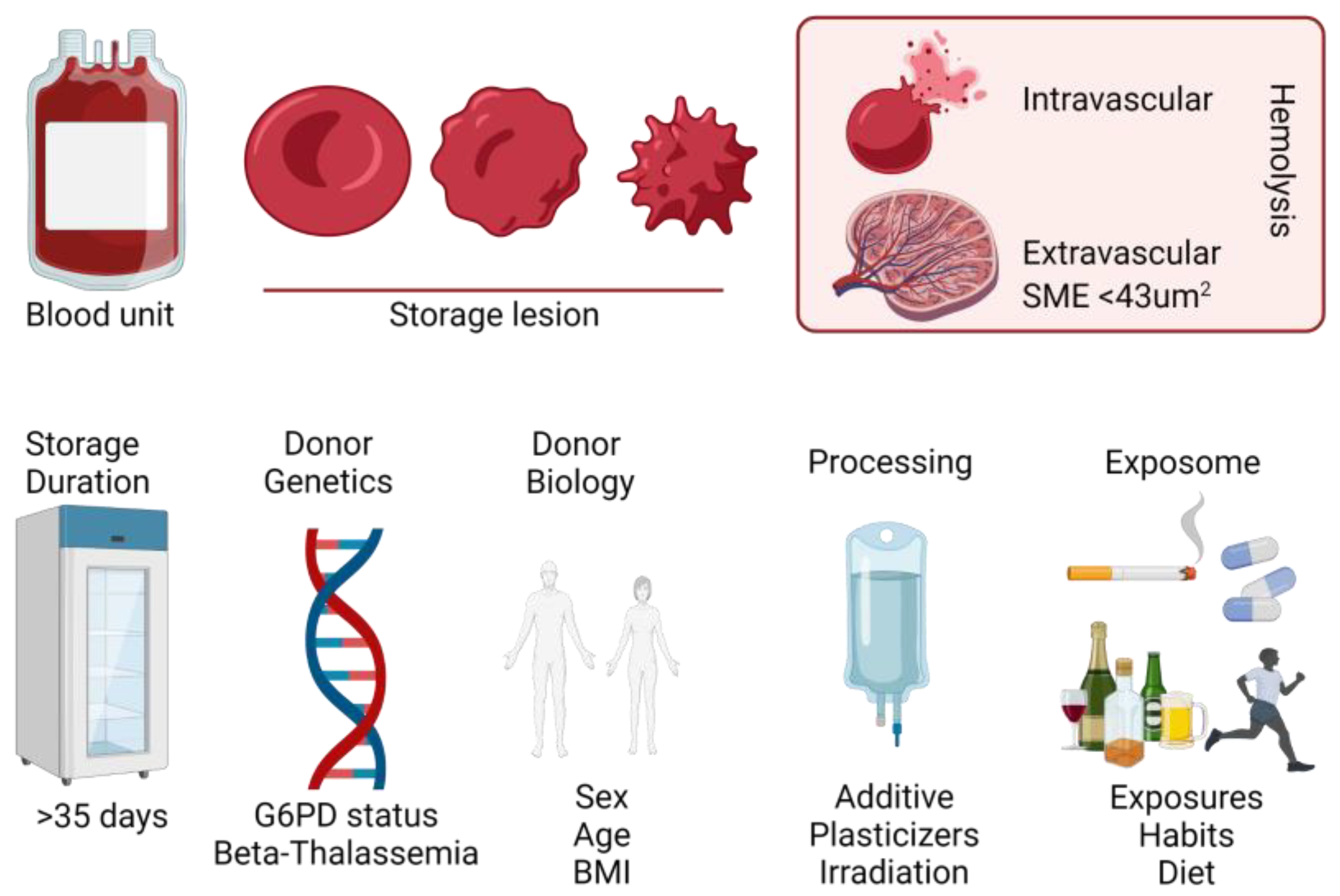Internal Rbc Near End Of Life

The mahogany-paneled boardroom, usually buzzing with the energy of high-stakes deals, felt different today. A hushed reverence hung in the air as seasoned executives, some with decades of service etched on their faces, listened intently. The topic: the future, or rather, the nearing end of an era, for the internal operations of RBC.
This article explores the impending transformation of RBC's internal structures, marking a significant shift in its operational strategy. We'll delve into the reasons behind this evolution, the potential impact on employees, and the broader implications for the Canadian financial landscape.
A Legacy of Tradition
For generations, RBC has been a pillar of stability in the Canadian banking sector. Its internal operations, built on a foundation of established processes and hierarchical structures, have long been a source of strength.
This organizational model, while successful for many years, is now facing increasing pressure from a rapidly changing technological and economic environment.
The Winds of Change
Several factors are driving this internal restructuring. The most prominent is the relentless advance of digital technology.
Customers increasingly expect seamless online experiences, personalized services, and instant access to information.
To meet these demands, RBC needs to be more agile, innovative, and responsive than ever before.
Furthermore, the rise of fintech companies and other non-traditional financial institutions is adding competitive pressure. These nimble startups often operate with leaner structures and more flexible approaches.
RBC must adapt to maintain its market share and attract the best talent.
The Transformation Plan
RBC's leadership recognizes the need for change and has developed a comprehensive transformation plan. This plan involves several key initiatives.
One focus is on streamlining internal processes and reducing bureaucracy. This will enable faster decision-making and greater efficiency.
Another key element is investing in new technologies, such as artificial intelligence and machine learning, to automate tasks and improve customer service.
The bank is also promoting a more collaborative and innovative culture. This includes encouraging employees to take risks, experiment with new ideas, and work together across departments.
"We are committed to building a future-ready organization that is agile, customer-centric, and innovative," said a spokesperson for RBC in a recent statement. "This transformation is essential for us to remain a leader in the Canadian financial services industry."
The Human Element
The transformation plan has significant implications for RBC's employees. Some roles will be eliminated, while new roles will be created.
The bank is committed to providing employees with the training and support they need to adapt to these changes. This includes offering reskilling programs, career counseling, and opportunities for internal mobility.
RBC understands that the success of this transformation depends on the commitment and engagement of its employees.
There will naturally be some anxieties and uncertainties as the transformation unfolds. Change, even when positive, can be unsettling.
But RBC aims to foster a culture of transparency and open communication to address these concerns.
The Broader Impact
RBC's internal transformation is likely to have a ripple effect throughout the Canadian financial services industry. Other banks and financial institutions will be watching closely to see how RBC's plan unfolds.
If successful, it could serve as a model for other organizations seeking to modernize their internal operations and adapt to the digital age.
This transformation also signals a shift in the way that financial institutions are approaching talent management. The demand for employees with digital skills and a growth mindset is likely to increase.
According to a report by the Canadian Bankers Association, "The financial services industry is undergoing a period of unprecedented change, driven by technological innovation and evolving customer expectations. Banks must embrace this change to remain competitive and meet the needs of Canadians."
Looking Ahead
The journey ahead will not be without its challenges. RBC will need to navigate a complex landscape of technological advancements, regulatory changes, and competitive pressures.
But by embracing innovation, investing in its employees, and focusing on the needs of its customers, RBC can position itself for long-term success.
A New Chapter
The nearing end of RBC's traditional internal structures marks the beginning of a new chapter in the bank's history. This transformation is not about abandoning its core values, but about adapting to a changing world.
It's about building a more agile, innovative, and customer-centric organization that is ready to meet the challenges and opportunities of the future.
As RBC embarks on this journey, it's important to remember the words of Wayne Gretzky: "Skate to where the puck is going, not where it has been."
This forward-thinking approach will be crucial as RBC reshapes its internal operations and charts a new course for the future.
The transformation promises not just a change in structure, but a reinvigoration of purpose, positioning RBC to continue serving Canadians with distinction for generations to come.


















